The Blue Jay (Cyanocitta Cristata) is a breed of large songbird commonly found throughout North America. Blue Jays are the most colorful of all corvids and are among the most resourceful, intelligent, and recognizable bird breeds in the world.
About 9 to 12 inches long, Blue Jays are known for their crested heads and large blue bodies with white and black bars on their wing and tail plumage.
Blue Jays are ground-feeding birds that migrate south for the winter. They are also known for being monogamous and for their unique trait of forming lifelong mating bonds.
Baby Blue Jays go through several growth stages before leaving their parents’ care to become the recognizable, beautiful, and colorful songbirds of the wild.
In this article, we’ll explain these stages, from being incubated in their eggs to fledging their nest as a juvenile baby Blue Jay.
What Is a Baby Blue Jay Called?
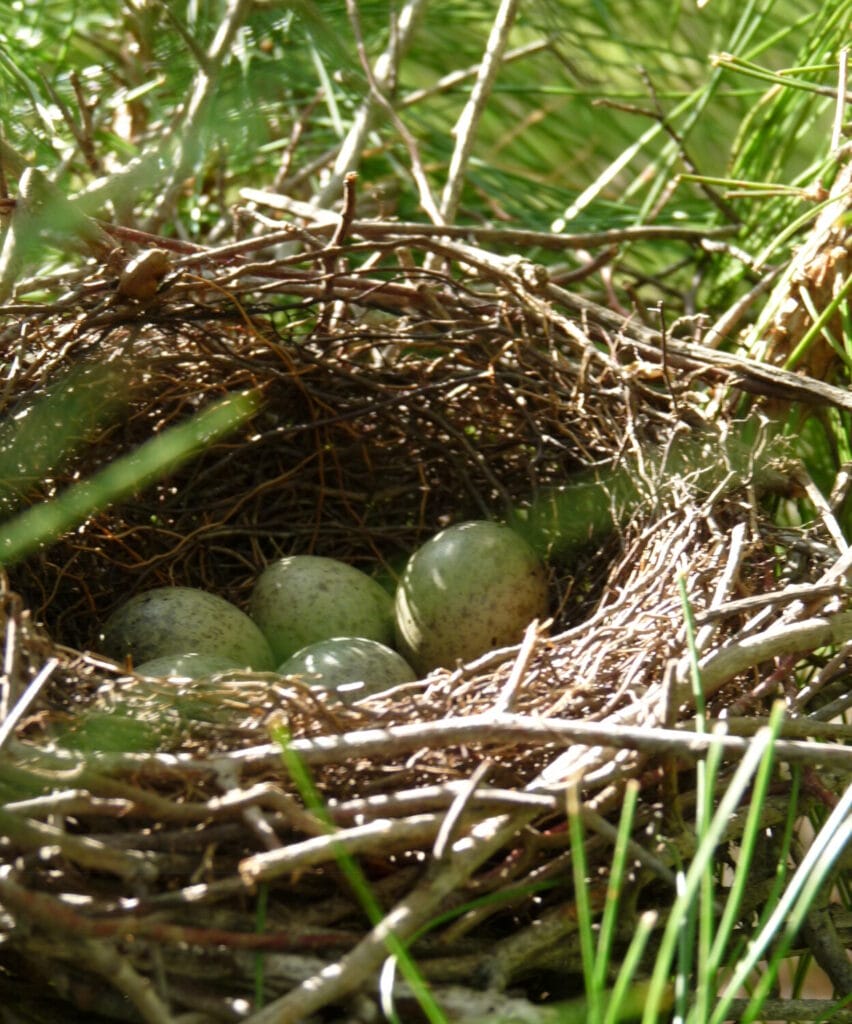
While there isn’t a specific name for baby Blue Jays, they are usually referred to in accordance with their life stage.
As soon as they hatch, baby Blue Jays are called hatchlings. Then, while spending all their time in nests, they are called nestlings.
Author Note: After that, as soon as they start to fly, they are called fledglings, finally becoming juveniles, then full-grown adult Blue Jays.
In the Egg

This is the very first phase in a baby Blue Jay’s life when they’re incubated in eggs for about 17 to 18 days.
When Do Blue Jays Lay Eggs?
Blue Jays usually lay their eggs in March, April, and May. The birds rarely lay their eggs outside of these months.
In the north where the weather is cold, Blue Jays lay their eggs in May. In hotter southern states, however, Blue Jays lay their eggs as early as the beginning of March.
How Many Eggs Do Blue Jays Lay?
Female Blue Jays could lay from 2-7 eggs, with the average being 4-5 eggs. It’s rare for all baby Blue Jays to survive to adulthood, though.
Blue Jays make their nests from grass, twigs, rootlets, and mud, where the eggs are laid.
What Do Blue Jay Eggs Look Like?

Blue Jay eggs are ovular and measure around 28 x 20 mm in size.
The eggs’ color could range from light brown, green, and olive to various shades of blue. They also have brown blotches or spots at their larger ends.
How Long Do Blue Jay Eggs Take to Hatch?
Blue Jay Eggs incubate for around 17 to 18 days.
During the incubation phase, the male Blue Jay is primarily responsible for gathering food for his mate and himself, while the female sits on the eggs until they hatch.
Nestlings
This is the second phase in a baby Blue Jay’s life. In this phase, the birds hatch from their eggs but remain in their nest to be brooded by their parents until they are old enough to fledge.
What Do Newly Hatched Blue Jays Look Like?
Newly born baby Blue Jays come out of their eggs limp, weak, and helpless. Hatchlings are mostly gray in color, with yellow or pink feather plumages under their side wings.
Author Note: When baby Blue Jays hatch, their eyes are shut and remain so for the first 4-5 days.
The hatchlings are only able to squirm on their first day. By the second day, they can shuffle and move around their nest.
How Big Are Newly Hatched Blue Jays?
Upon hatching, a baby blue jay weighs as little as around 5.5 grams, with its body length being around 51 mm.
By the fifth day after its hatching, a baby Blue Jay could already weigh around 20 to 29 grams, with its body length reaching around 76 mm.
How Do Blue Jays Feed Their Nestlings?
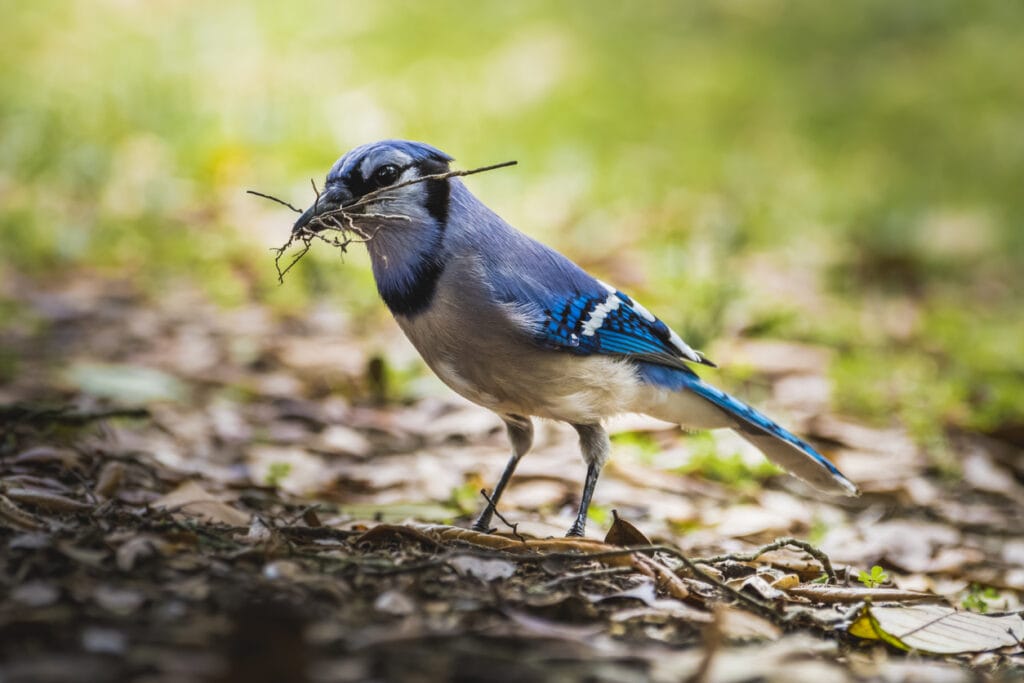
After hatching, for the first few days, the male Blue Jay does most of the foraging. The male will provide the majority of the food and will feed the nestlings.
The female’s primary job is to brood the nest and redistribute the food between the nestlings by reaching into their mouths.
Top Tip: After 8-12 days, as the nestlings start to grow hungrier, the female will join the male in foraging to gather more food for their baby Blue Jays.
What Do Blue Jays Feed Their Nestlings?
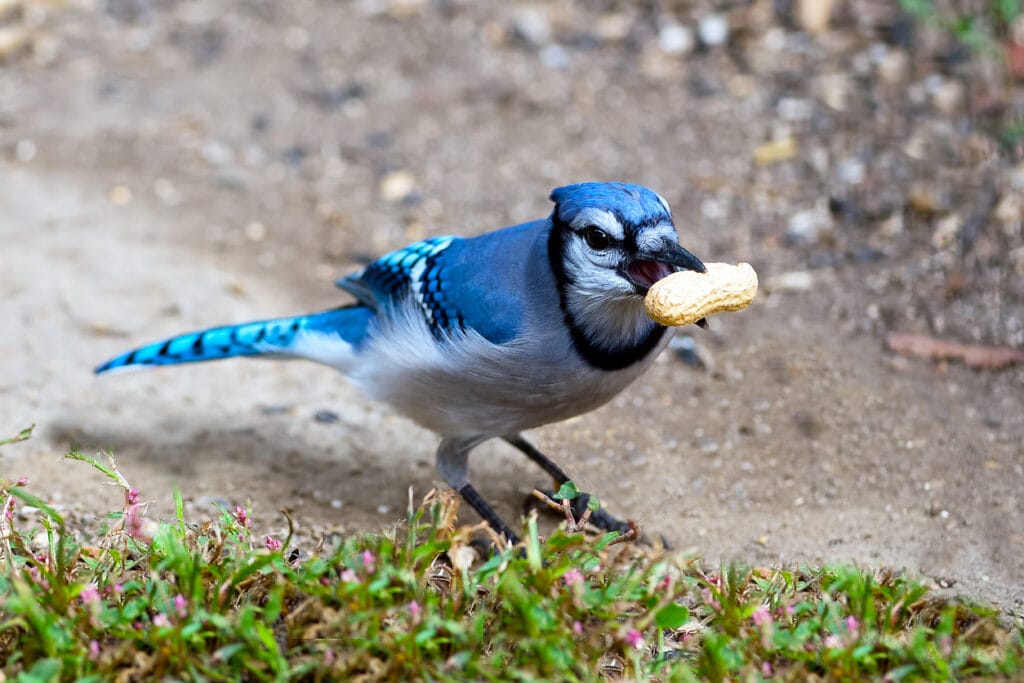
Male and female Blue Jays will gather different types of food to be fed to the baby nestlings. While most food is given to the baby Blue Jays whole, foods of large pieces will be torn up before being fed to the nestlings.
Baby Blue Jays are usually fed with berries, nuts, seeds, or any type of grains. Injured or dead vertebrates, like mice or frogs, are also hunted by the Blue Jays to be fed to their nestlings.
Worms or insects are considered an ideal food, as they’re rich in protein and fat, and are soft and easy to digest by the baby Blue Jays.
How Fast Do New Hatchlings Grow?
Newly hatched baby Blue Jays show rapid growth in their first 4-5 days, opening their eyes and having their yellow/pink plumage turn darker to become an olive color.
The bird’s famous blue feathers start breaking out around their 14th day and continue to grow until their 20th day or so when the Blue Jay usually fledges its nest.
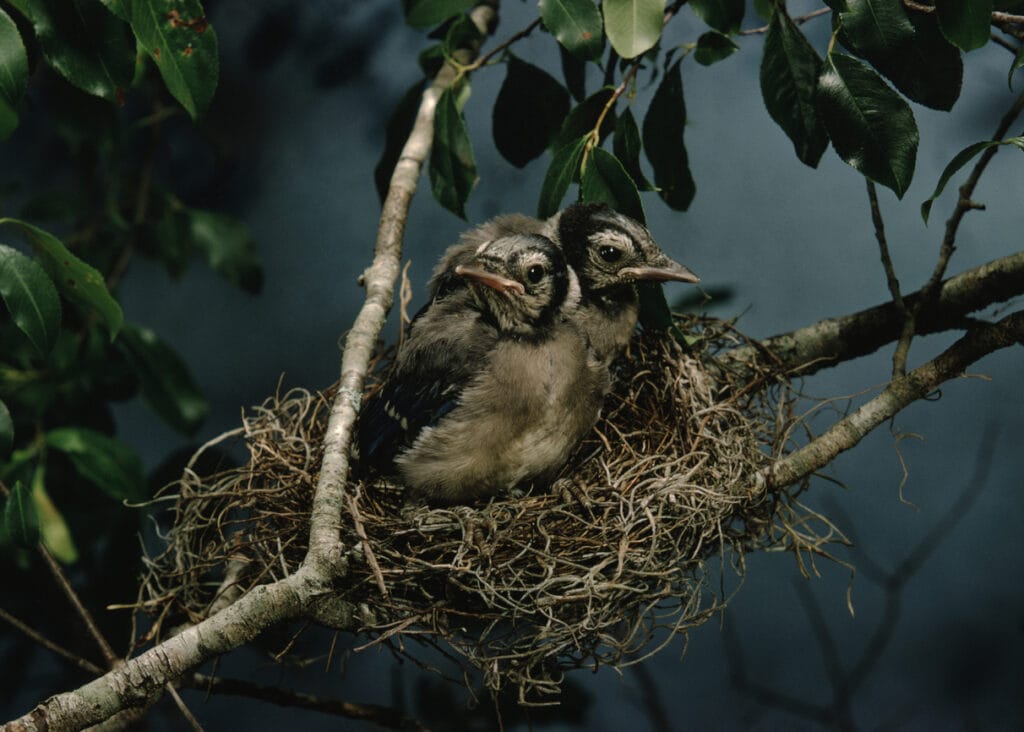
However, the full blue plumage that the bird is known for doesn’t fully develop until a month or so after the Blue Jay has fledged.
What Is Blue Jay Hatchlings’ Temperament Like?
Baby Blue Jay hatchlings are lively and energetic birds. Unlike many other bird breeds, baby Blue Jays develop complex social systems very early on, tying them to their family members and their living place.
Blue Jays usually stay in touch with their families throughout their entire lifetime, which is a very rare trait in any bird species.
Having a colorful and playful attitude, baby Blue Jays can usually be seen playing with each other in their nests. This helps create the strong familial bond that is unique to Blue Jays.
Fledgelings
This is the final phase in a baby Blue Jay’s life before they grow into adulthood.
This is the phase when the bird will finally leave its nest and learn about the world outside, how to fly, and how to exist independently.
When Do Baby Blue Jays Fledge Their Nest?
Baby Blue Jays will usually leave their nest together as a brood when they are about 17-21 days old.
By the end of their second day out, the brood will usually have the courage needed to work up a distance of about 75 ft away from their nest.
How Long Will The Fledgeling Remain With Their Family?
After leaving their nest, the fledgling baby Blue Jays will remain a part of their family unit for about another 8-12 weeks. During this time, the baby Jays will still be fed primarily by their parents.
Author Note: After this phase, the fledgling Blue Jays will have grown most of their adult plumage, allowing them to fly off and establish their own independent territories.
However, baby Blue Jays will remain tied to their family for life and will occasionally return to their parents for food during the summer.
The Blue Jay parents prefer to relocate away from the nest after the baby Jays have fledged, while still remaining within the confines of treetops’ deep foliage.
What Do Fledgling Blue Jays Look Like?
Fledgling Blue Jays, or juvenile Blue Jays, look very similar to full-grown adult Blue Jays with only a few differences.

Author Note: The young birds’ heads aren’t crested yet, and their plumage is more white and gray in color instead of blue and black.
Bottom Line
Baby Blue Jays have to go through various growth stages before becoming their recognizable and majestic selves we witness in the wilds.
Baby Blue Jays are incubated in eggs for around 17-18 days until they hatch. These hatchlings remain in their nest while brooded and cared for by their mother.
The father is mainly responsible for gathering food and bringing it back to the nest. However, the mother will also join the foraging to feed the increasingly hungrier baby Blue Jays.
When they are 17-21 days old, the baby Blue Jays will finally leave the nest as a brood. The baby Jays will learn to fly and survive away from the nest. However, they will remain a part of the family unit for about another 8-12 weeks.
As baby Blue Jays grow older, their heads will start to crest and their plumage will grow fuller and bluer and blacker instead of white and gray. The full plumage will allow them to properly fly and exist independently.
Baby Blue Jays will remain tied to their families forever and will occasionally come back for food even as they grow older, making them one of the most unique breeds of birds in the world.
FAQ
Baby Blue Jays stay with their parents for about 4-6 weeks after fledging. During this time, the parents will continue to feed and care for the young birds.
If a baby Blue Jay cannot fly, it is best to leave it alone and allow the parents to continue to care for it. If the bird is in immediate danger, it can be moved to a nearby shrub or tree, but it is important to keep the bird at a safe distance and not interfere with its care.
Newborn baby Blue Jays are fed a diet of insects and caterpillars by their parents. As they grow, they will transition to a diet of seeds, fruits, and nuts.
It takes Blue Jay fledglings about 2-3 weeks to develop their flying skills. During this time, they may appear awkward and unsteady as they practice flying and landing. The parents will continue to feed and care for the young birds until they are able to fly and forage for food on their own.
Blue Jays are not considered a rare bird species. They are common in eastern and central North America and have a wide distribution throughout their range. Blue Jays have adapted well to human-altered habitats and are often seen in residential areas and urban parks. While they may be less common in some areas, they are not considered rare or threatened, and their populations are considered stable.
Blue Jays symbolize curiosity and intelligence, communication, and playfulness and joy in many cultures and belief systems. The symbolic meaning can vary greatly depending on the context and culture and is often influenced by cultural, historical, and personal factors.
To estimate the age of a baby Blue Jay, observe its physical characteristics and behaviors. Nestlings are the youngest stage, covered in downy feathers and with closed eyes. Fledglings have developed feathers and can leave the nest but are still dependent on their parents. Juveniles have completed the fledgling stage and are developing adult feathers. The exact age may be difficult to determine.
Baby Blue Jays, or nestlings, are young birds dependent on their parents for food and protection. They have downy feathers, closed eyes, large beaks and feet for grasping, and lighter or mottled coloration compared to adult birds. They may also have brown or black streaks in their plumage.




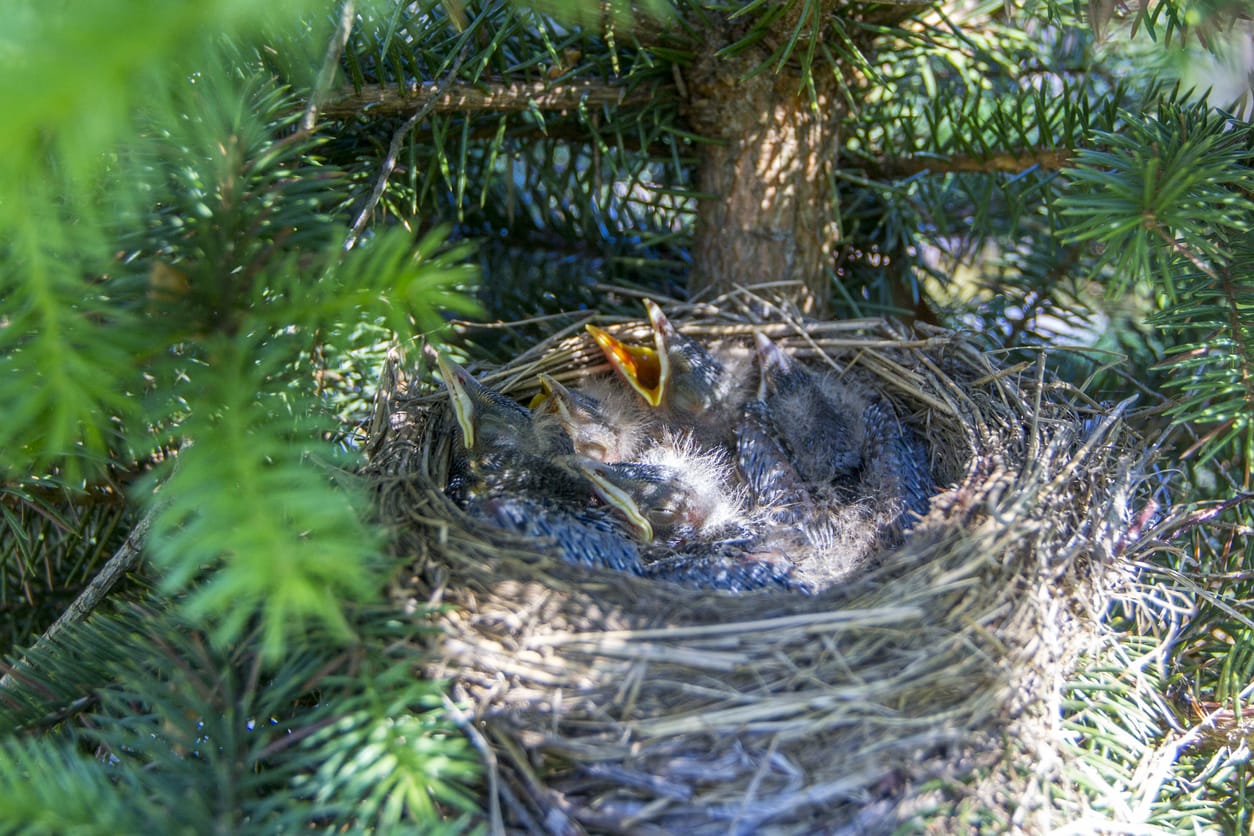
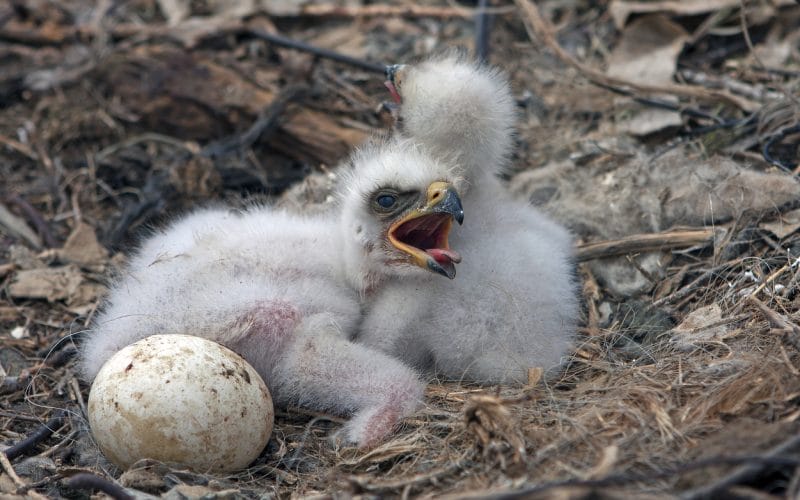

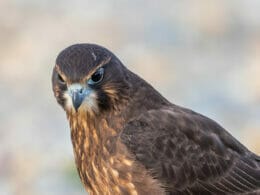
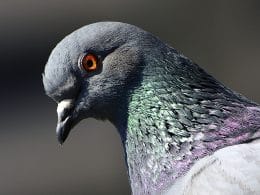
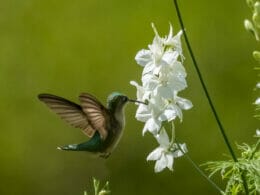
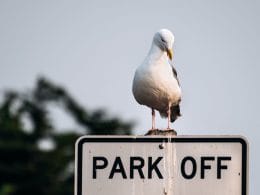
Thank you for the details. Is it common that a bluejay will develop speckled feathers around the face? Specifically on the upper beak and around the eyes? This is one that I see daily. Thanks.